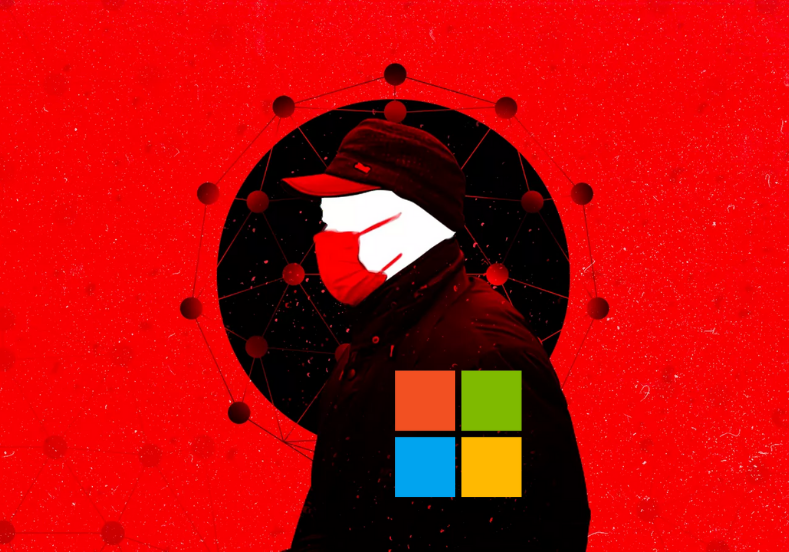SonicWall Real-Time Deep Memory Inspection (RTDMI™) technology enables SonicWall Capture Advanced Threat Protection (ATP) to catch more malware faster than behaviour based sandboxing methods, with a lower false positive rate. Throughout this article we will look deeper into this technology and what this all means from a security stand point.
Exposing threats hidden in memory
Network sandbox engines execute files, log the resulting activity, and then, after execution, look for an attempt to correlate malicious behaviour. The correlation and scoring of these activities and behaviours are prone to both false positives and negatives. They are also prone to cause delays, unsatisfactory end user experience and subsequent IT ticket requests.
To allow malicious behaviour to remain hidden, modern malware writers implement advanced techniques, including custom encryption, obfuscation and packing, as well as acting benign within sandbox environments. These techniques often hide the most sophisticated weaponry, which is only exposed when run dynamically. In most cases, these are impossible to analyse in real-time using static detection techniques.
Recently, SonicWall announced a new engine for Capture ATP called Real-Time Deep Memory Inspection (RTDMI) to improve the technilogy’s security effectiveness. Invented and developed by SonicWall’s capture Labs threat researchers, patent-pending RTDMI engine already had been running in the background of Capture ATP service for months beforehand, dynamically self-learning and self-enhancing.
How RTDMI works
SonicWall RTDMI technology detects and blocks malware that does not exhibit any malicious behaviour or that hides it’s weaponry via encryption.
To discover packed malware code that has been compressed to avoid detection, the RTDMI engine allows the malware to reveal itself by unpacking its compressed code in memory in a secure sandbox environment. It sees what code sequences are found within and compares it to what it has already seen. Identifying malicious code in memory is more precise than trying to differentiate between malware system behaviour, which is an approach used by some other analysis techniques.
Besides being highly accurate, RTDMI also improves sample analysis time, Since it can detect malicious code or data in memory in real-time during execution, no malicious system
Ability to identify individual CPU level instructions
Upon detailed analysis, SonicWall Capture Labs researchers discovered that TRDMI engine had the ability to stop new forms of malware trying to exploit the Maltdown vulneribility. RTDMI engine’s CPU level instruction detection granularity (Unlike typical behaviour based systems which have only API/system call level granularity) is what allowed TRDMI engine to detect malware variants which contained exploit code targeting Meltdown vulnerability.
Exposing Threats in MS Office files and PDFs
With RTDMI running in the background, SonicWall Capture Labs researchers discovered that it had already found and stopped hundreds of new forms of document-based malware. Upon further review, Capture Labs researchers found that it caught malicious code embedded in within PDFs and MS Office files at rates higher in side-by-side tests with third-party network sandboxing technologies.
In these tests, RTDMI found 35 times more malicious PDF documents and nearly two times more malicious MS Office files than the two other engines combined, giving customers a better defense against customers a better defense against malicious code contained in these files.
When applied inside Capture ATP, RTDMI engine analyse documents dynamically using propriety exploit detection technology along with static forms of inspection. These combined techniques have the capability to detect many malicious document categories, including:
- Malicious Flash-based Office documents
- Dynamic Data Exchange (DDE) based exploits and malware inside Office files
- Malicious Office and PDF files containing executables
- Malicious PDF files containing Office malware
- Shellcode-based malicious Office and PDF files
- Macro-based malicious Office documents
- Malicious multi-layer PDF and Office documents
- Office and PDF-based malware utilising dynamic proprietary exploit detection technology
- JavaScript-based exploits in PDF documents
- PDF documents containing “JavaScript infectors”
What this means
“This is a revolution in engineering, execution and innovation,” says General Michael Hayden, Principal at the Chertoff Group, a global advisory firm focused on security and risk management. “To introduce this technology in the relatively early stages of these advanced attacks is a huge win for the security industry, as well as the public and private sectors.”
By adding RTDMI engine to Capture ATP, SonicWall customers should see a significant improvement in detection rates when analysing files on a larger scale. This technology is being added to capture ATP with no increase in cost the customer.
By forcing malware to reveal its weaponry into memory, the RTDMI engine proactively detects and blocks mass-market, zero-day threats and unknown malware with a very low false positive rate where weaponry is exposed for less than 100 nanoseconds.
If you would like to see if the SonicWall solution is suitable for you, please contact us through Sales@techpatrol.com.au or by clicking here.
Continued the conversation through our socials:
Other Articles You May Enjoy:

















Share your thoughts in the Comments section: